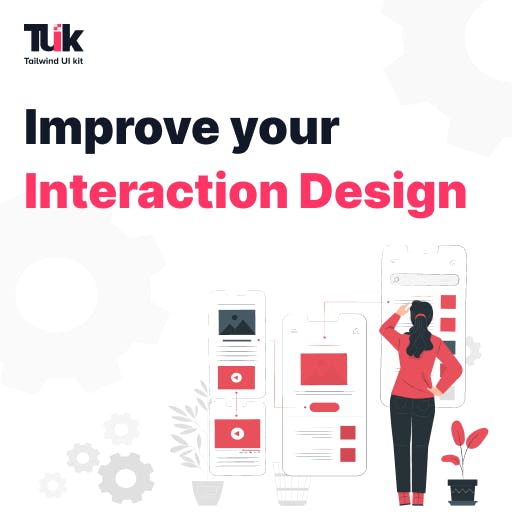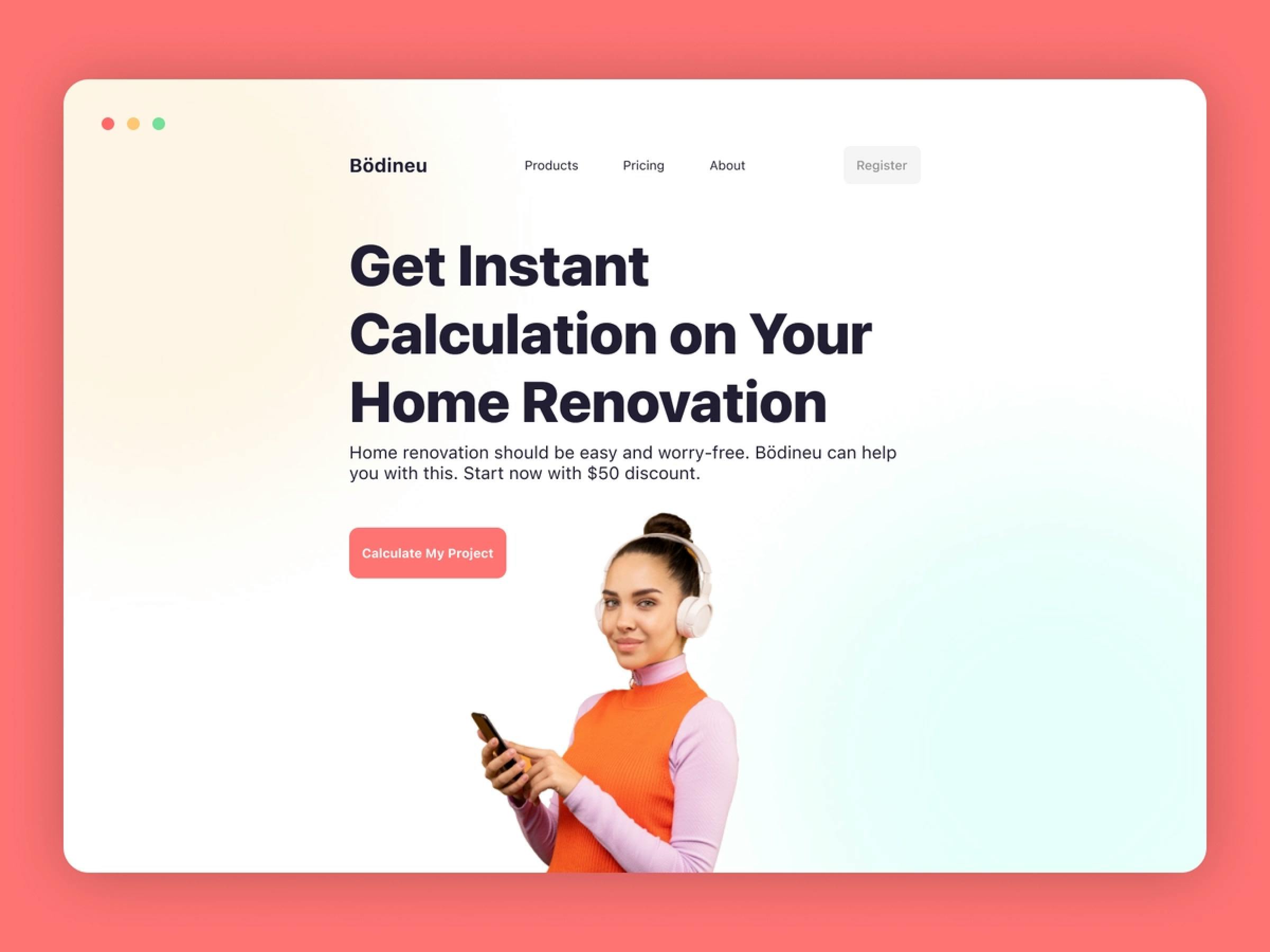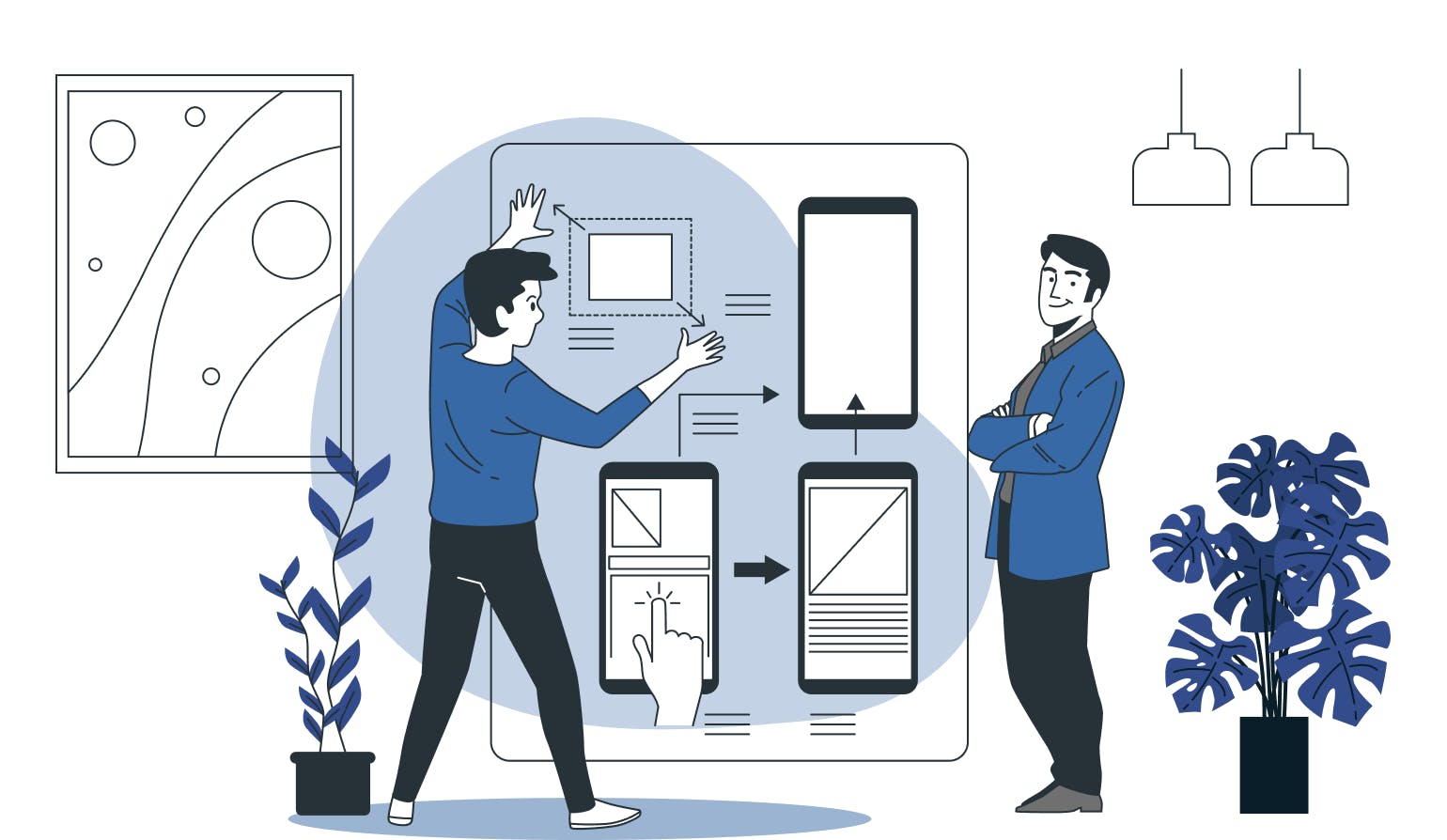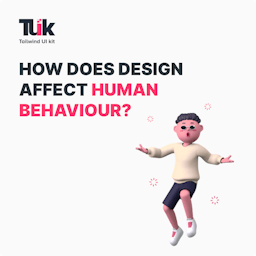Others
13 October 2021
Improve your Interaction Design

Hello to all the fellow devs!
At TUK, we're eager about examining thoughts that convert into practical solutions for the dev community. In this blog, we’ll share some ideas to improve interaction design that will help you cut through the upheaval.
Interaction design
Interaction design is a part of the user experience. It’s a discipline of design that revolves around the design of interactive products and services in which a designer focuses on the way the user interacts with an element or product. Interaction design stays relevant due to the continuous stream of new ideas and practical implementations that demand continuous personal improvement on designers’ part. Keeping yourself up to date with contemporary design trends can become compelling but forming some proven UX habits, that’s the real deal to ensure continuous improvement in your design thinking.
This blog will discuss some practical habits that you can adopt for the successful implementation of interaction design in your web projects.
Designing for clarity
Each page of your design should answer the following questions for the end-users:
- Where am I?
- What actions can I take?
- For what reason would I make those actions?
- What will happen once I do take those actions?

While forming personas and user streams, you should follow these simple techniques for adding clarity in your interaction design:
- Choose appropriate UI patterns – To know popular design solutions to common problems, use different sites, for example, UI Patterns and free guides like Web UI patterns. For instance, cards are famous because they assist with getting a lot of content sorted in a streamlined manner. Hero images are extraordinary for item locales since they have an immediate hunch. Utilize these examples as a standard, then, at that point, build on further with your imagination.
- Don’t break mental models – Design based on what individuals are already familiar with. Such as symbols in the upper left should connect back to the landing page. Calendars should allow you to pick dates rather than expecting users to type the date and time.
- Use good copy – content is a major building block of interaction design. Ensure that the tone of the copy matches the visual design since everything is part of a similar interface. Any disparities will confuse your users and negatively affect your user experience.
- Include meaningful labels & icons – Don’t complicate things too much with labeling interface objects. It ought to be clear what is and isn't interactive.
Let users guide your design decision

Designers can have a specific measure of auteurship in their work, yet the design should eventually revolve around the client's necessities. The easiest way to unlock particular design requirements is to listen to user feedback. Client feedback is often treated as an annoyance to disregard, but there is a rich lode of intuitions present within every customer's assistance team. Don't drift apart from customer feedback as it enhances your design sense. There are tools like Get Satisfaction, where the features are designed to bring out honest conversations. The more noteworthy insights, the more prominent experiences.
Ask the Right Questions by Observing User Behavior
User participation is a significant part of Interaction design. There is no interaction without the users performing an activity.
Such practices are presented in the Lean UX Lifecycle methodology, which states that you should consistently improve your design depending on the hyper-centered usability studies, insightful tools, heatmaps, and eye-tracking.
Tracking down the right design arrangement starts by posing the proper inquiries. In any case, sorting out what queries to pose takes a bit of time and practice. Whenever you notice a prevalent issue faced by your users, make sure to find the right examining questions to distinguish the foundations of that specific design issue.
Conclusion
Spend a good amount of time on Interaction design because knowing about users' context and motivation to interact with a specific product makes it easy to create venture maps and design interaction patterns. The attention and focus on interaction design, during your design process, can help you elevate the experience for your user and save you the effort of coming back to repeat the process again.

